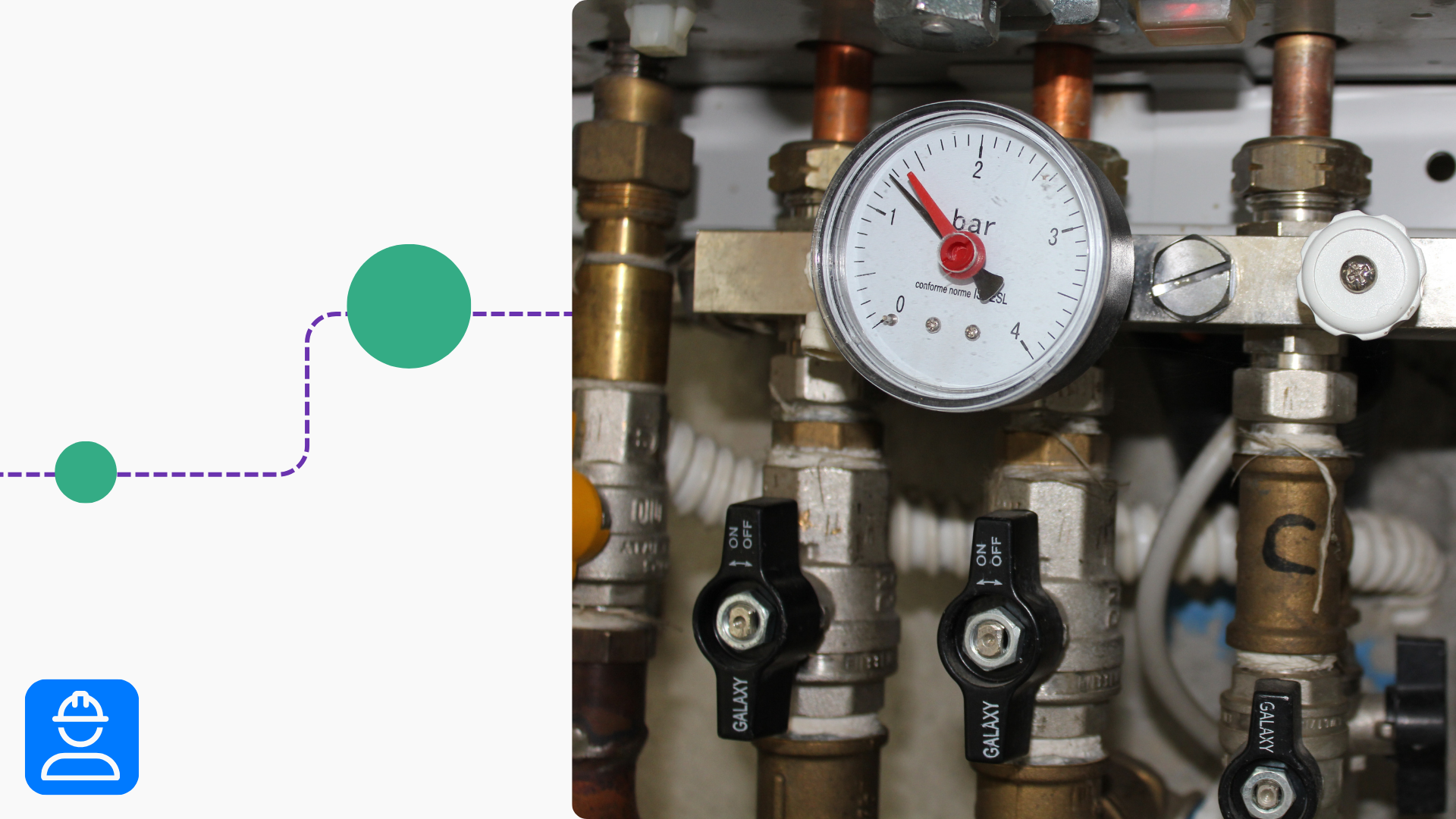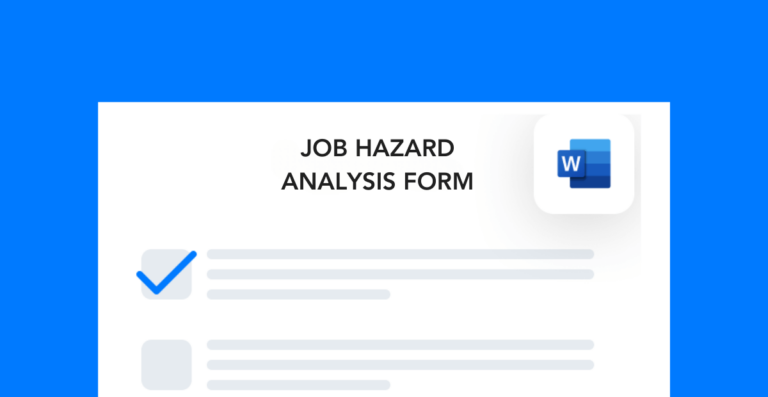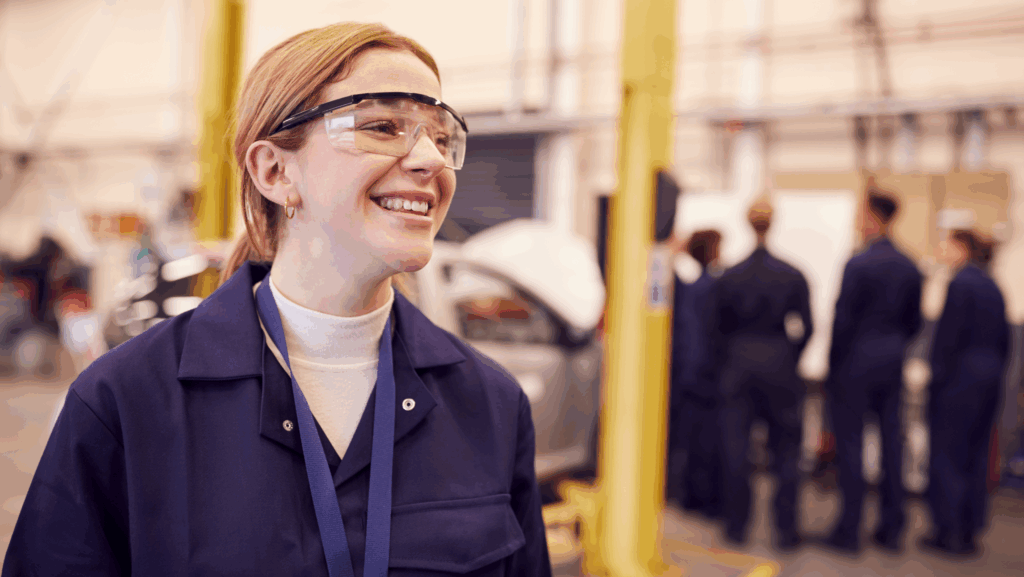Boiler safety hazards can increase the risk level of an operation significantly if unmanaged. The key to managing these hazards is training workers to follow the control measures you put in place.
In this post, I’ll cover some of the major boiler hazards you should consider and provide some recommendations for controlling them.
Top boiler safety hazards
Hazards vary depending on the type of boilers you have onsite. For the most part, regardless of type, these are the main risks you should expect.
Explosions and fires: Boilers can explode if you don’t control the temperatures or water pressure.
Confined space hazards: If your boilers are in confined spaces, you run the risk of poor ventilation. And that can cause toxic gases like carbon monoxide to build up.
Chemical exposure: If you use chemicals to regulate the water quality of your boilers, consider that workers are at risk of chemical exposure. This can lead to respiratory issues, burns, and skin irritation (among other side effects).
Burns: The presence of steam and hot metals puts workers at high risk of burns without the proper PPE.
With the proper control measures in place, you can really reduce the number of risks that your workers encounter.
Free form!
Download this job hazard analysis form to assess the risk level in areas where boilers are present.
Examples of boiler safety control measures
This is not an exhaustive list of controls to make your boiler-related processes safer. In fact, most companies with great EHS performance use these together as part of a robust safety program.
Lockout/tagout
Having a lockout/tagout process is really a no brainer for any of the energized equipment onsite, not just boilers. This reduces the risk of accidental startups and takes away the option for workers to use unsafe equipment.
Regular shutdowns
If you run your boilers 24/7 without shutting them down, you might overlook or miss critical repairs. A good practice is to regularly shut down the boilers (per manufacturer guidelines) so you can clean and inspect them. This can prevent the buildup of harmful chemicals, corrosion, or other health hazards.
Employee resources
The employee resources category includes things like proper training, hazard communication, and company-provided PPE. Basically, these resources are anything that can help your workers know how to make safe decisions and protect themselves around boiler.
I’ve said it before, and I’ll say it again:
The more specific your training materials are to the equipment your workers use, the less likely they’ll be to make critical errors.
Set your employees up for success by providing the resources they need to stay safe.
Preventative maintenance
Preventative maintenance always seems to be one of the first things to go out the window when productivity is in jeopardy. But don’t discount the importance of these activities.
Schedule regular maintenance/inspections on your vents, pressure relief valves, boilers, and other components. This not only saves you the money for costly replacement but allows you to find safety issues before they cause an injury.
Proper storage
To avoid fire and chemical incidents, it’s important to provide the necessary tools and information in the boiler room. For example, if your process involves hazardous chemicals, keep MSDSs nearby for workers to access.
Also consider how you store and manage your fire extinguishers, chemicals, and related PPE. Are your storage systems easy for workers to maintain? If not, reevaluate the accessibility and function of these materials.
Hierarchy of controls
Before you decide on which measures to implement, I’d recommend reviewing the hierarchy of controls. Many operations people immediately jump to PPE as the solution for reducing risk. But this should be the last line of defense.
To drastically reduce the amount of risk, you have to consider controls that eliminate boiler safety hazards altogether. And if you can’t fully eliminate them, ask yourself this question:
“What is a control that prevents poor decision making on the part of the employee?”
In safety, workers are never the root cause of an incident. Even if a worker makes a poor decision regarding personal safety, you always have to consider why they were able to execute that decision in the first place.




